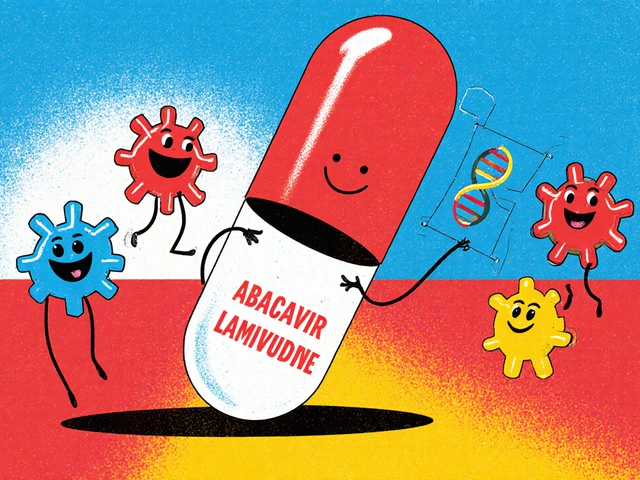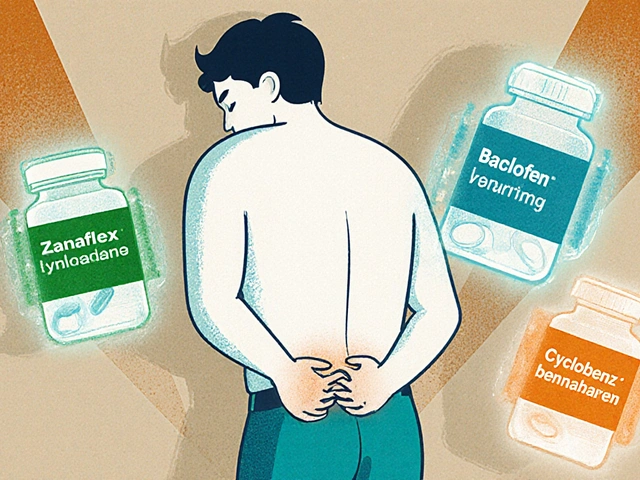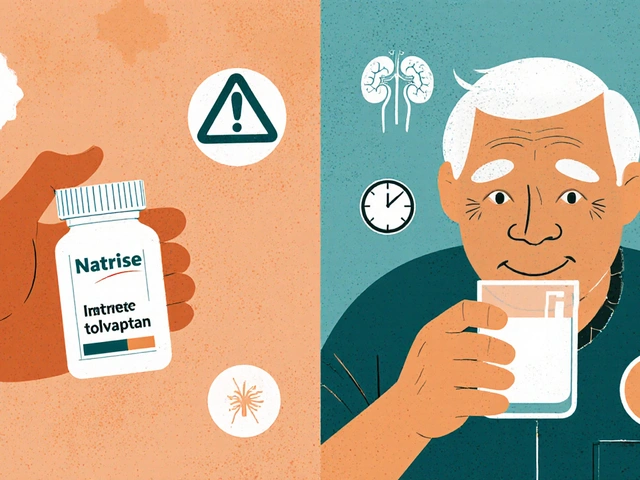Bipolar Disorder: What It Looks Like and How to Get Affordable Care
Living with bipolar disorder can feel like riding a roller coaster you didn’t sign up for. One minute you’re buzzing with energy, the next you’re stuck in a deep low. The good news? You don’t have to navigate this alone, and you don’t need to break the bank to get help.
Recognizing the Signs
First off, let’s pin down what bipolar disorder actually is. It’s a mood‑changing condition that swings between manic (high) and depressive (low) episodes. During a manic phase you might notice racing thoughts, reduced need for sleep, bold spending, or risky behaviour. The depressive side often brings hopelessness, fatigue, and trouble concentrating.
These shifts aren’t just “bad moods.” They can last days, weeks, or even months and affect work, relationships, and daily chores. If you or someone you know keeps bouncing between extreme highs and lows, it’s worth chatting with a GP or mental‑health professional.
Affordable Treatment Options
Medication is a cornerstone of bipolar management, but costs can add up fast. Luckily, many effective drugs have cheap generic versions. Depakote (valproate) is a common mood stabilizer, and you can often find a generic version online in Australia for less than the brand price. Look for PBS‑eligible options or buy through reputable Australian online pharmacies that verify prescriptions.
Second‑generation antipsychotics like aripiprazole and olanzapine also help control manic spikes. Both have generic forms that drop the price dramatically. Our 2025 guide shows how to compare sites, check pharmacy licences, and avoid hidden fees when ordering these meds online.
If you’re on a strict budget, ask your doctor about dosing adjustments or switching to a cheaper alternative. For example, some people move from brand‑name aripiprazole to its generic counterpart without losing effectiveness. Always double‑check with a pharmacist before changing brands.
Therapy is another cost‑effective tool. Cognitive‑behavioural therapy (CBT) and peer‑support groups often have sliding‑scale fees or free community options. Pairing meds with regular counselling can reduce the overall dose you need, saving money and side‑effects.
Don’t overlook lifestyle tweaks. Consistent sleep schedules, regular exercise, and limiting alcohol can blunt mood swings. Simple changes like a daily walk or a bedtime alarm can reduce the need for extra medication.
Finally, keep an eye on special programs. Some Australian health insurers offer medication adherence packs that bundle multiple prescriptions at a discount. Check if your plan covers mood stabilizers under the PBS safety net.
Bottom line: bipolar disorder is manageable, and you don’t have to choose between health and your wallet. Spot the symptoms early, work with a trusted clinician, and use the affordable generic options that are widely available. With the right mix of meds, therapy, and everyday habits, you can keep the roller coaster on a smoother track.

Understanding Valproic Acid: Uses, Dosing, Side Effects, and Safety Guide
Clear, evidence-backed guide to valproic acid: uses, dosing, side effects, blood tests, interactions, and pregnancy safety. Practical tips for patients.




